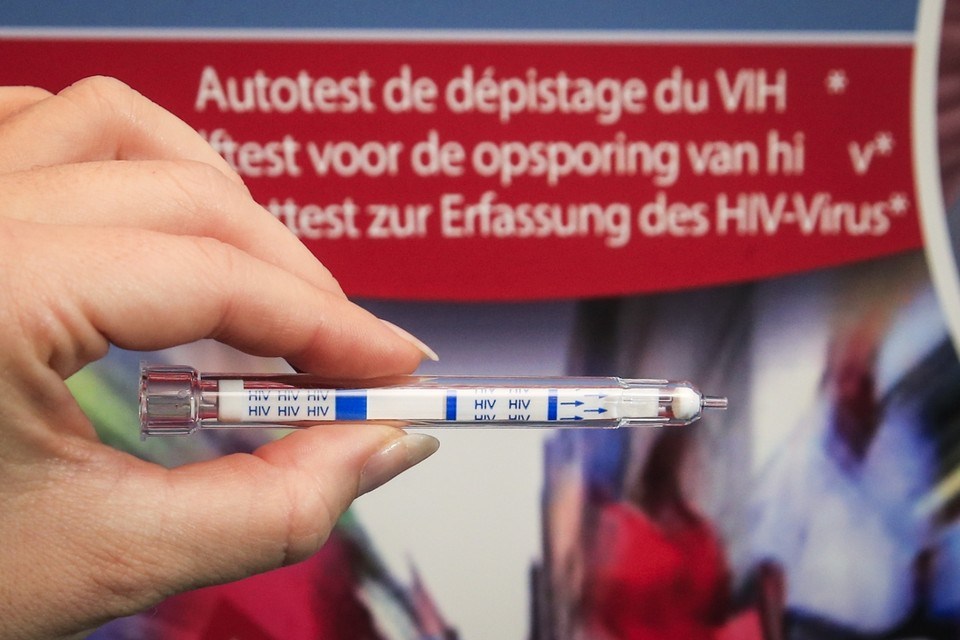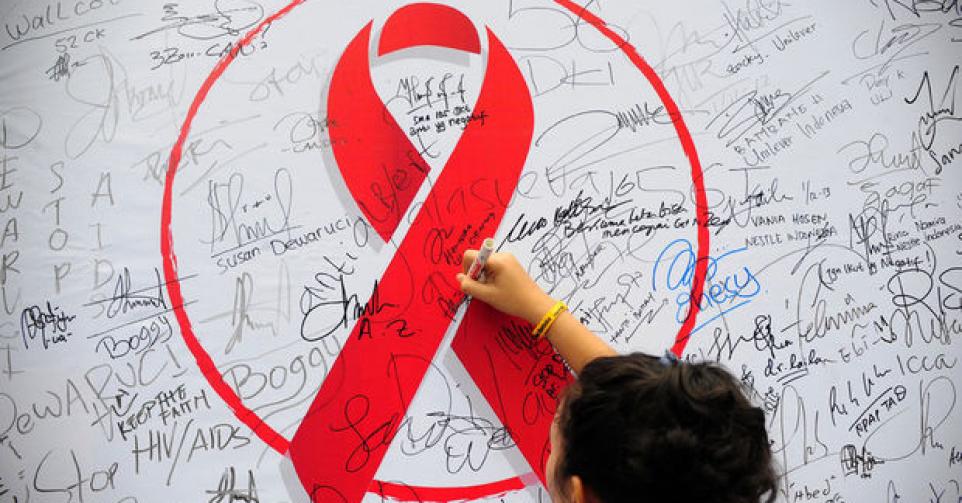Annual trends have fluctuated since the Covid-19 pandemic, but there were nevertheless nearly 600 new HIV diagnoses in Belgium last year – a 14% rise compared to 2021, according to the national Sciensano health institute.
Among men who have sex with men, the number of new HIV diagnoses decreased compared to 2021 – except among 20-29 year olds, where an increase has now been observed for the second year in a row.
"Despite progress in recent years, the HIV epidemic in Belgium is not yet under control," said Sciensano researcher Jessika Deblonde, stressing that the rise in the number of diagnoses among younger men who have sex with men "deserves our attention."
"It is therefore essential to make further progress on early diagnosis and the effective use of the full range of prevention strategies, including PrEP (the medication that protects against transmission of HIV) by persons at risk of HIV," she said. "This will require tailoring, for example by scaling up screening activities in cities and settings where HIV is more prevalent, but also by proactively targeting key populations to optimise the use of combination prevention."
The importance of PrEP
Among men who have sex with men (aged 20-29), mainly Belgians and Latin Americans, a significant increase in the number of diagnoses has been registered for the second year in a row – highlighting "the need to optimise access to and use of all prevention strategies in this young and diverse population, including the use of PrEP."
In 2022, there was an increase in diagnoses among heterosexual women of Sub-Saharan African nationalities, following a sharp decline in 2020 and 2021. The fluctuating trend can be explained by several factors related to migration and accessibility to healthcare. "It is therefore necessary to pay particular attention to this population in HIV prevention and early detection strategies with prompt initiation of treatment."
In addition to the 597 people with a new HIV diagnosis in 2022, 455 people in Belgium received confirmation of a pre-existing HIV diagnosis: a quarter of them were Ukrainians, mainly women, who fled the war in their country. For these people, rapid access to HIV care in Belgium is a priority.

Credit: Belga
An estimated 19,230 people were living with HIV in Belgium last year. Of these, 97% were diagnosed and of those diagnosed, 94% received antiretroviral treatments. Following treatment, 98% had a suppressed viral load – meaning that 89% of all people living with HIV in Belgium had an undetectable viral load.
This high figure means that Belgium has achieved the UNAIDS '95-95-95' targets for 2025 for the continuum of HIV care, but an even better use of combination prevention for people at risk of HIV infection is still necessary to further reduce the HIV epidemic in Belgium.
Additionally, the relatively high figures for late diagnoses remain a point of attention for the Flemish expertise centre for sexual health Sensoa. "Early detection of HIV and initiation of treatment remains an essential element in prevention. The treatment reduces the amount of virus in the blood to such an extent that it becomes 'undetectable' and the virus can no longer be transmitted. Not even through sex."
Related News
- The price of a healthy life: How to access PrEP in Belgium as an expat
- AIDS deaths worldwide more than halved in 12 years
- AIDS can still be ended by 2030, UN says
Therefore, a late diagnosis is worrying because the person with HIV can continue to transmit the virus. It also harms the person living with HIV: the virus can continue to attack the immune system.
"Reducing the stigma associated with living with HIV can reduce the fear of getting tested," Sensoa said. "Thanks to medication, the quality of life with HIV is now similar to the quality of life without HIV. Informing and raising awareness about this remains necessary."

